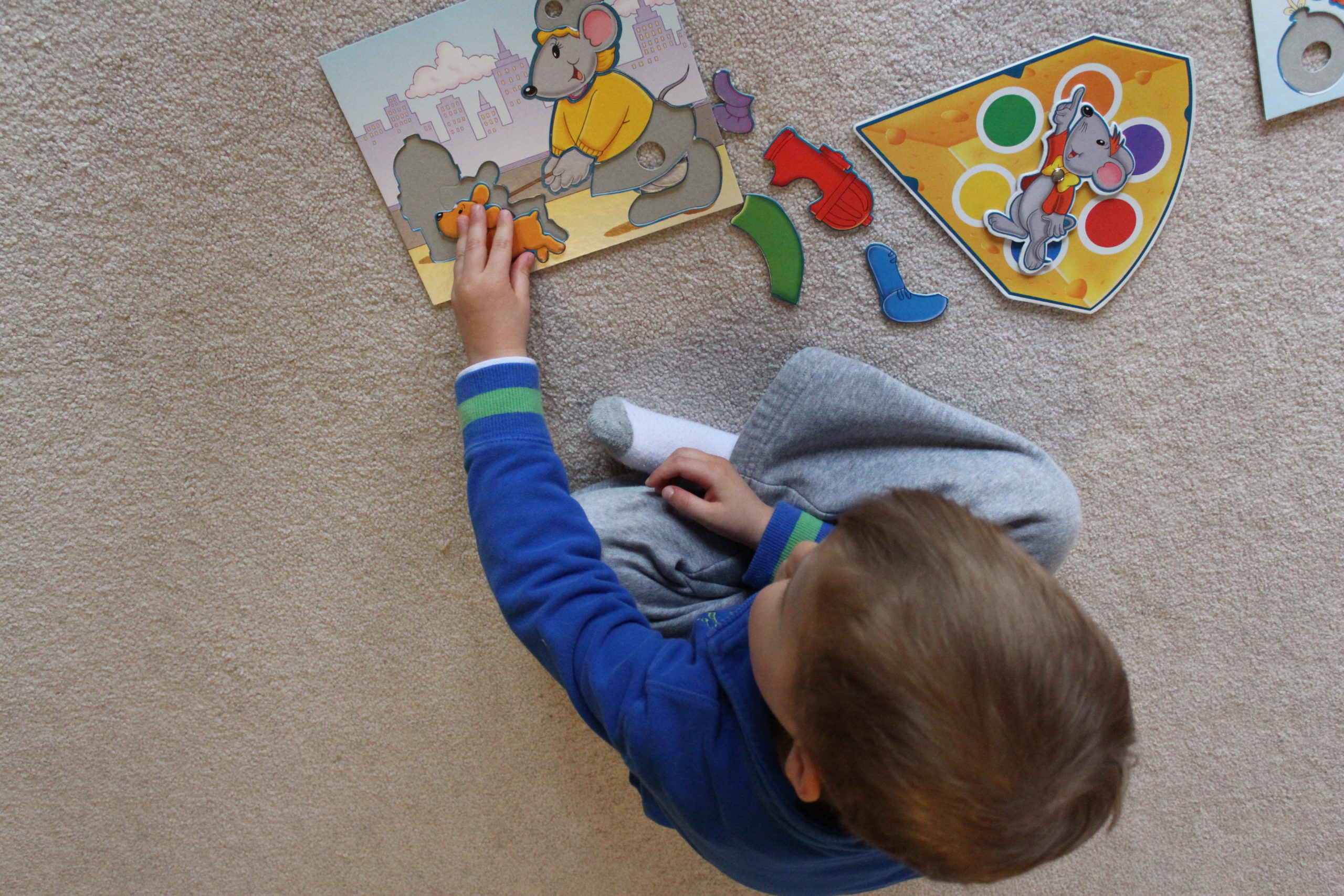Tools to Help Children Develop Visual Perception

In this audio-cast, Jenny discusses tools that can be used by teachers, therapists, and parents to help children develop visual perception.
Jenny offers presentations, webinars, and workshops for teachers, occupational therapists, speech therapists, and physical therapists. If you are planning a conference and you are looking for a speaker on SPD, please contact Jenny today.
Visual perceptual skills are the foundation skills necessary for reading, writing, and math. There are seven visual perceptual skills that impact learning. A student can have deficits in one or more of these subskills. I would like to share with you a description of these visual perceptual skills, how they might impact children in school, and activities to help improve each area of visual perception to enrich learning ability.
Visual Discrimination: The ability to discern slight differences between letter shapes, sizes and fonts. This can affect reading comprehension.
Activities: Matching game such as Old Maid, Go Fish, scrabble.
Visual Memory: Important skill for copying from the chalkboard or spelling.
Activities: Memory card game, practice spelling words using a scented marker, then smell the marker just before the test. The olfactory system is linked to memory.
Visual Spatial Relationship: Enables discerning between b-d-p-q. It is important in preventing letter reversals and manipulating columns of numbers.
Activities: Puzzles, parquetry, tanograms.
Visual Form Constancy: It is important in discriminating similar font styles when reading. Can lead to poor reading comprehension and recall.
Activities: Find and circle all of the letter “a’s” on a magazine or newspaper page. Then find all of the letter “b’s” etc.
Visual Sequential Memory: Affects reading comprehension and spelling. It is important in written organizational skills for creative writing. VSM difficulties may mean that class performance exceeds exam responses.
Activities: Use a hand-held electronic speller. Spell words using magnetic letters. Spell words in modeling clay.
Visual Figure-Ground: Difficult to focus on tasks without being distracted by extraneous input. May lose things easily in desk and would therefore benefit from organizational aids. May lose place on page when reading.
Activities: Use a window guide when reading. Here is one example (Reading Helper 954-752-3692). Hidden picture activity pages such as Highlights magazine, Where’s Waldo or I-Spy books.
Visual Closure: Difficulties may affect word identification, seeing words “spl-it”, or omitting letters when reading.
Activities: Finish the picture activity books, dot-to-dot (ask child what the picture is before completing it).
